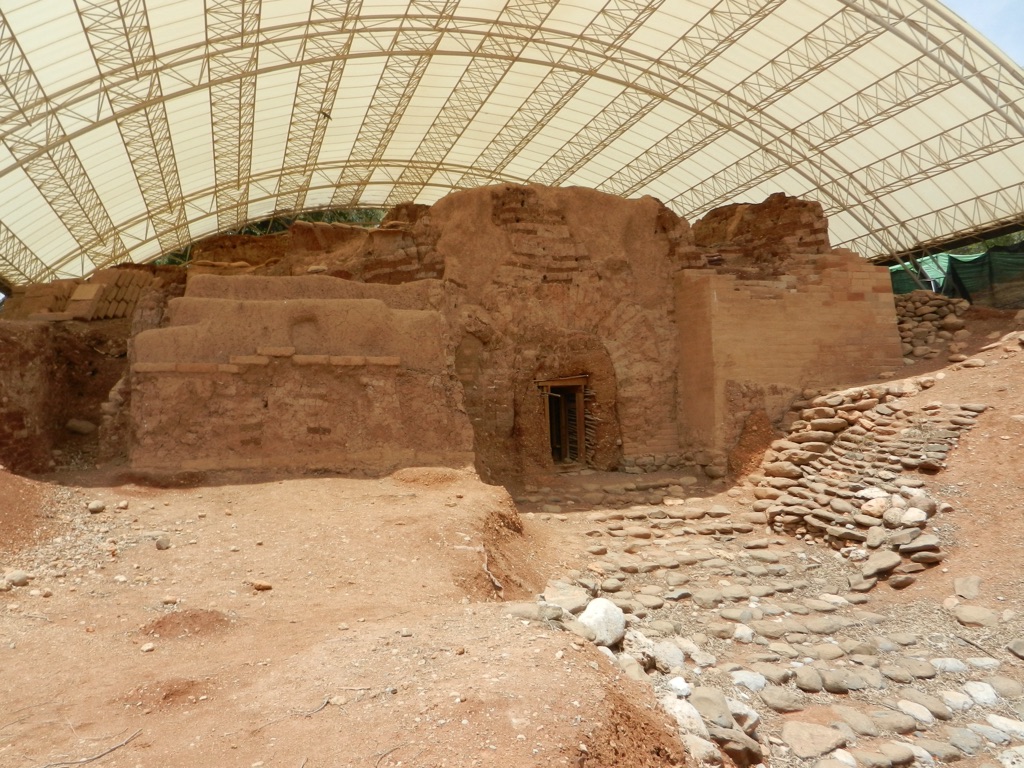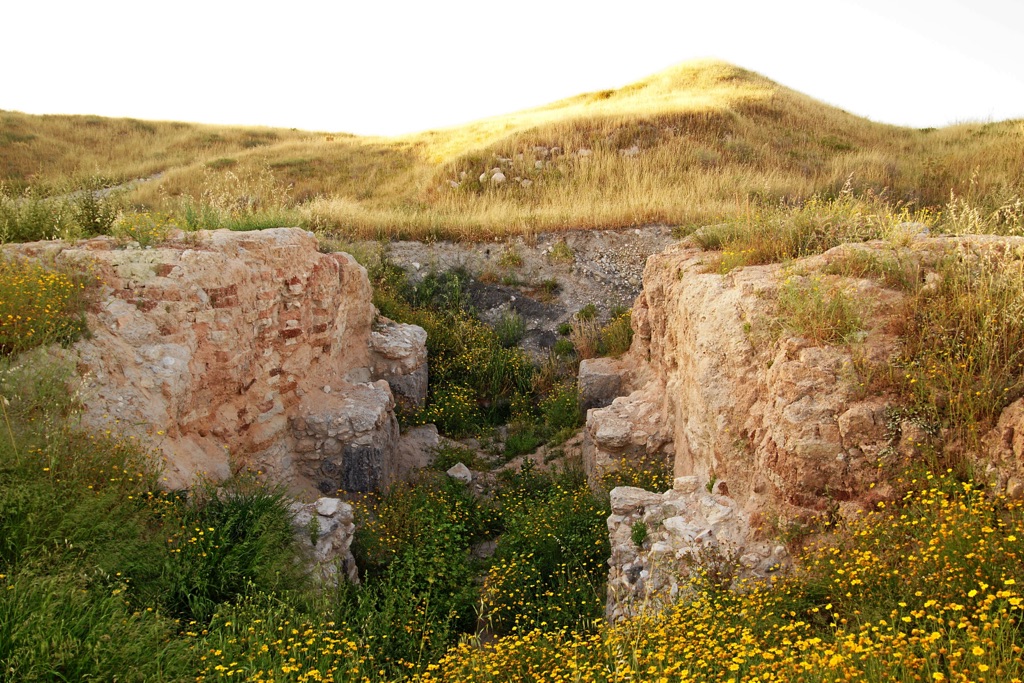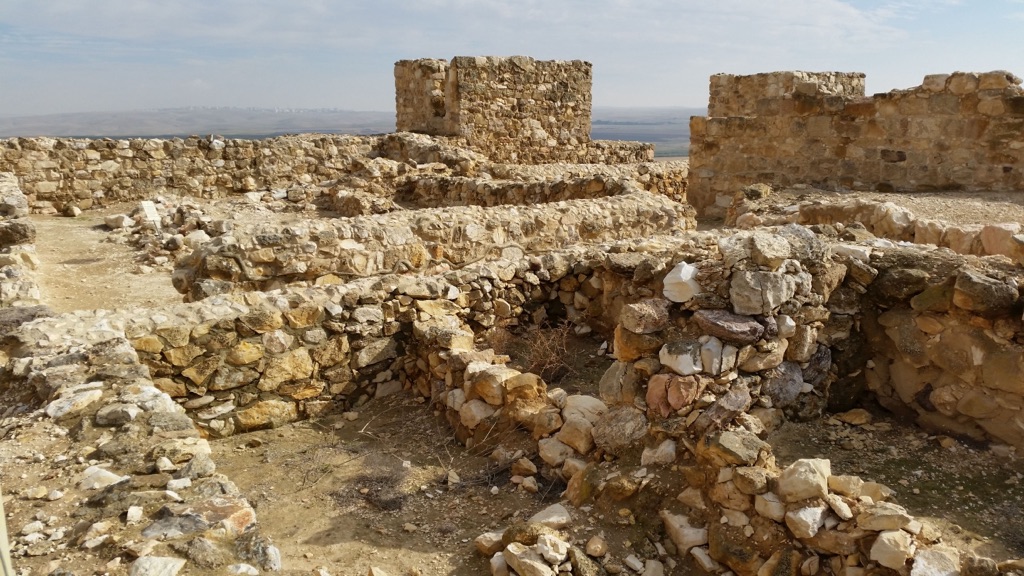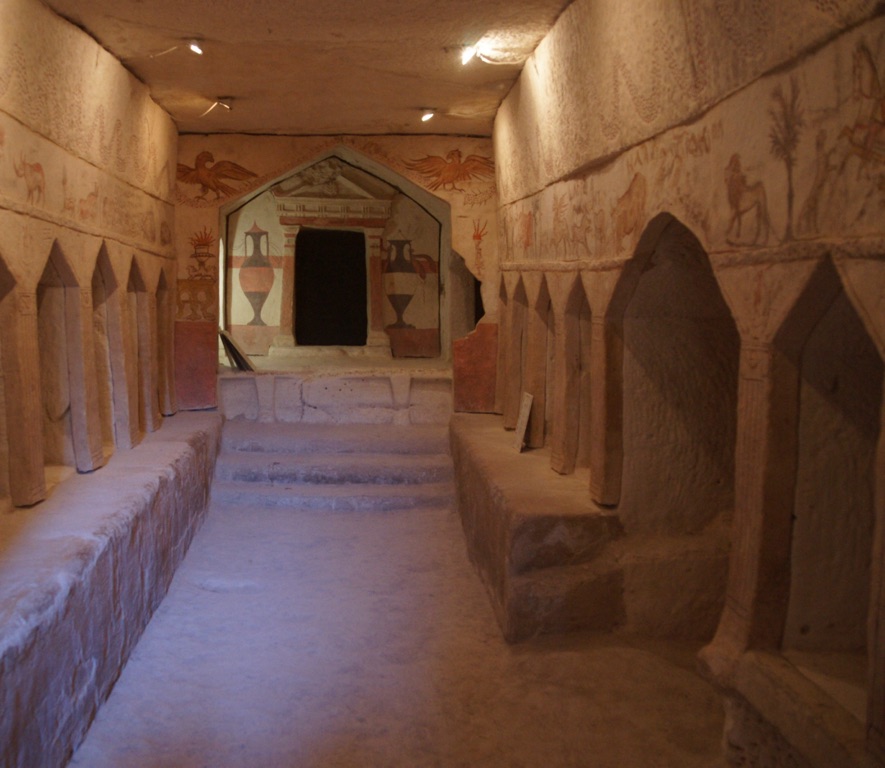The Caves of Maresha stand as a testament to human ingenuity, history, and culture. Nestled in Israel’s southern lowlands, these complex subterranean networks date back to the Hellenistic period. Visitors marvel at the extensive system of man-made caves, which served diverse purposes. Some caves were used for daily activities like pigeon rearing and olive oil production. Others bore significance in rituals and burial customs. With every corner holding a story, the site presents a unique journey into the past. Artifacts found here offer glimpses of life over two thousand years ago. They provide a tangible connection to the people who once lived and worked within these earthen walls.
Canaanite civilization

The Canaanite civilization, flourishing in the ancient Near East, is a term used to describe the cultures and peoples inhabiting the region roughly corresponding to modern-day Lebanon, Israel, Palestine, and parts of Jordan, Syria, and Turkey. This civilization, which reached its zenith during the 2nd millennium BCE, was part of the larger Bronze Age context of the area. The Canaanites were not a single, homogeneous people but rather a group of city-states and tribes sharing similar languages, religious beliefs, and cultural practices. Their society was highly influential in the development of the alphabet, religious concepts, and urban planning, leaving a lasting legacy on subsequent civilizations in the region.
Canaanite religion was polytheistic, with a pantheon of gods and goddesses worshipped in various city-states. Among the most prominent deities were El, the supreme god; Baal, the god of storms and fertility; Asherah, the mother goddess; and Anat, the goddess of war and fertility. These deities were believed to interact directly with the world, requiring rituals, sacrifices, and temples to appease them. The Canaanites’ religious practices and myths would later influence the religious texts and practices of the Abrahamic religions, notably through the incorporation of some Canaanite deities into their narratives as either gods or as figures to be opposed.

Economically, the Canaanites were adept traders and seafarers, establishing extensive trade networks across the Mediterranean, reaching as far as Egypt, the Aegean, and possibly even the British Isles. They traded goods such as olive oil, wine, precious metals, and dyed textiles, particularly the famous Tyrian purple, which was highly prized in antiquity. Their strategic position along important trade routes not only facilitated their economic prosperity but also led to cultural exchanges and influences with neighboring civilizations, including the Egyptians, Hittites, and later the Greeks and Phoenicians, the latter often considered direct descendants of the Canaanite civilization.
The decline of the Canaanite civilization was a gradual process influenced by a combination of factors, including natural disasters, economic troubles, and military defeats. The Late Bronze Age collapse, a period of widespread societal collapse in the Eastern Mediterranean around 1200 BCE, significantly affected Canaan, leading to the decline of city-states and the rise of new groups, such as the Israelites, Philistines, and Arameans, within their territories. Despite their decline, the Canaanites left an indelible mark on the history and culture of the region, with their contributions to language, religion, and trade continuing to influence the development of Western civilization.
FAQ: Deciphering the Canaanites – An Ancient People Unveiled
What race were the Canaanites?
The Canaanites were not a race in the modern understanding of biological or genetic categorizations but were a Semitic-speaking group of people in the ancient Near East. They inhabited the region known as Canaan, which encompasses modern-day Israel, Palestine, Lebanon, and parts of Syria and Jordan. The term “race” as applied to the Canaanites more accurately refers to their cultural and linguistic affiliations rather than distinct physical or genetic characteristics.
What is Canaanite called today?
Today, the term “Canaanite” is not used to describe any living group of people but refers to the ancient cultures and civilizations that flourished in the Levant region during the Bronze Age and early Iron Age. The geographical area once known as Canaan is now divided among several modern countries, including Israel, Palestine, Lebanon, and parts of Syria and Jordan. The cultural and linguistic heritage of the Canaanites has influenced the development of subsequent civilizations in the region, but the direct use of the term has faded from contemporary identification.
Who are the Canaanites descended from?
According to biblical tradition, the Canaanites are descended from Canaan, the grandson of Noah, making them part of the broader Semitic peoples. This lineage places them within the ancient Near Eastern cultural and linguistic mosaic. Archaeological and historical evidence suggests that the Canaanites emerged from the mix of peoples inhabiting the Levant during the early Bronze Age, around 3000 to 2000 BCE. Their development was influenced by their interactions with neighboring civilizations, including the Egyptians, Hittites, and later the Israelites.
Who has the most Canaanite DNA?
Recent genetic studies have shown that the modern populations of Lebanon have the highest percentage of Canaanite DNA, indicating a substantial genetic continuity in the region despite the numerous conquests and civilizations that have passed through. These studies have revealed that more than 90% of the genetic ancestry of present-day Lebanese can be traced back to the Canaanites, suggesting a remarkable degree of genetic resilience and continuity over millennia. This finding underscores the deep historical roots of the people in this region and highlights the lasting legacy of the Canaanites in the genetic makeup of populations in the Levant.

Tel Arad National Park
Stepping into Tel Arad National Park is like walking back in time. This ancient site showcases the remnants of a Canaanite city and an Israelite fortress. Nestled in the heart of the Negev desert, the park offers breathtaking views. Visitors can explore the fascinating ruins, including the city’s gates, streets, and homes. The meticulously preserved temple stands out as a testament to detailed craftsmanship. This place is a must-visit for history buffs and adventure seekers alike, longing to experience a piece of Israel’s storied past.

